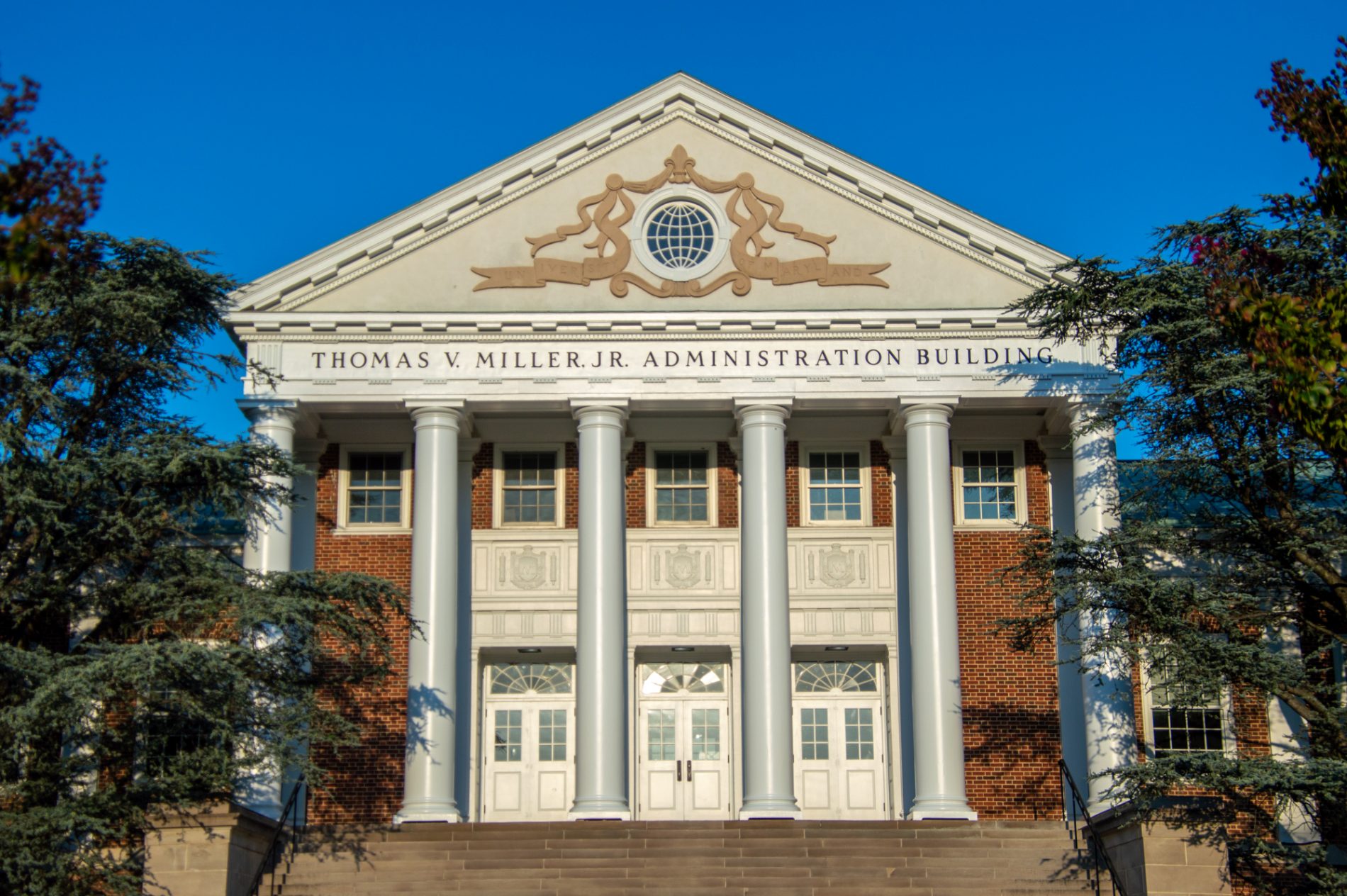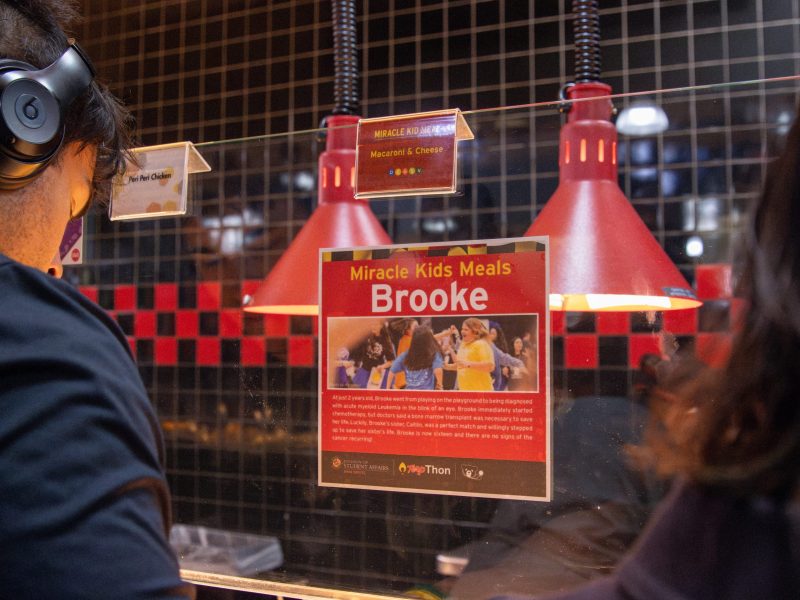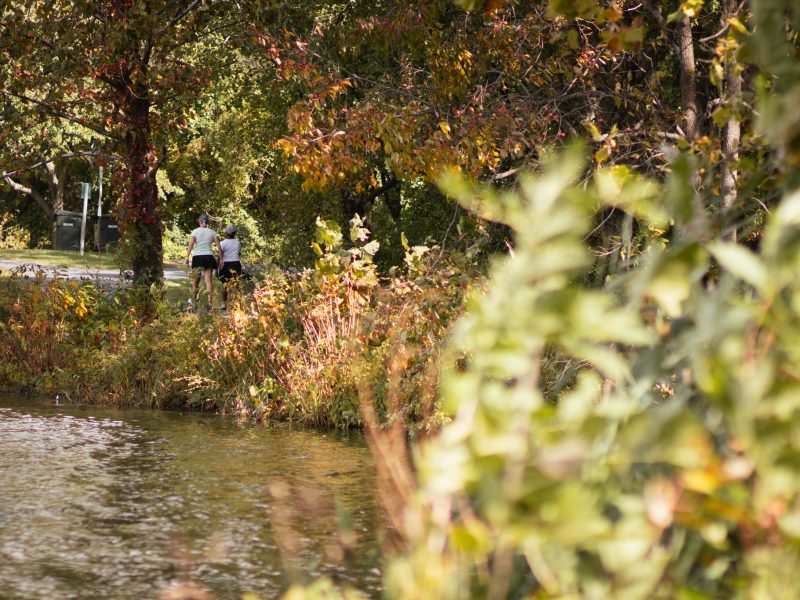University of Maryland community members can now submit requests to change or remove campus building names, university President Darryll Pines told The Diamondback on Monday.
The University System of Maryland added an appendix to its policy on building names last month, outlining the steps system universities must take to change or remove the names. The policy is now in place at this university.
Pines said it was “prudent” to adopt the USM policy, adding it’s possible a specific campus-level policy could be necessary in the future.
Over the past several months, some community members have advocated to change campus building names. It follows a nationwide pattern, in which institutions removed the names of buildings and schools that memorialized people with racist histories.
Several buildings at the university bear the names of controversial figures. Francis Scott Key supported slavery and the namesake for Charles Hall governed the colony of Maryland when slavery was made legal, among others.
To submit a request, community members should send a letter to the Office of the President with the rationale for the request, according to the policy. The request should outline the building namesake’s “objectionable behavior” and its past and present effect.
The request should also include a petition that members of the university community have signed, the policy states.
If community members submit a proposal, Pines said he would likely form a task force to determine whether a change is necessary.
[USM committee addresses controversial building names in new policy revisions]
Former President Wallace Loh formed a similar type of group in 2015 to determine whether the university should remove a former university president’s name from the football stadium. The namesake, Harry Clifton “Curley” Byrd, barred Black students from entering the university during most of his tenure.
Loh ultimately supported the removal of Byrd’s name from the stadium. In his decision, he instituted a five-year moratorium on changing building names. The moratorium expired this month.
But to some students, the presence of buildings with controversial namesakes remains alarming.
“Obviously it’s a bad look for the university, especially one that represents itself as a diverse community and accepting, inclusive community,” said SGA member Gabrielle Coleman, a sophomore enrolled in letters and sciences.
Instead, community members hope the buildings can honor individuals who fought against racism.
“How powerful would it be to change a prominent building name on McKeldin from somebody who defended slavery to, say, Harriet Tubman or Frederick Douglass?” said Peter Marston, a senior general biology major.
Marston is a member of the Student Government Association. He’s working on a bill that would call on the university to form a committee to determine whether some building names should be changed.
Marston was unaware of the new campus policy allowing students to submit official requests. Now, he may reassess his plans of a bill, he said.
[New UMD dorms to be named for former students who broke racial barriers]
“Now that this process is here, I might actually change my approach and try to show that SGA as a whole supports the idea of renaming certain buildings,” he said. “And then SGA as a whole can kind of make this request.”
Coleman hopes that under the policy, a task force would come to a decision quickly on whether to remove a building name.
“I think [task forces] are very effective if they’re used properly, making sure that it’s efficient at their jobs and actually getting things done in a timely manner,” Coleman said.
Saba Tshibaka, an organizer of Black Terps Matter, has focused on removing Thomas V. Miller’s name from the administration building — a naming that occurred in June — for past racially-insensitive comments.
Tshikaba started a petition over the summer calling for the removal of Miller’s name from the building. It has received 61 signatures so far.
“I felt like it was very important to talk about … how unacceptable it was that a building on campus be named after a man who has shown himself to be racist in his official capacity,” said Tshikaba, a senior philosophy, politics and economics major.
If the university does make the determination that building names should change, Pines would have to submit a formal request to the Board of Regents. The board would then decide whether a change is appropriate.
“I hope this [policy] actually changes something, and it’s not just kind of a symbolic thing where people can come forward, but then nothing really happens,” Marston said.



